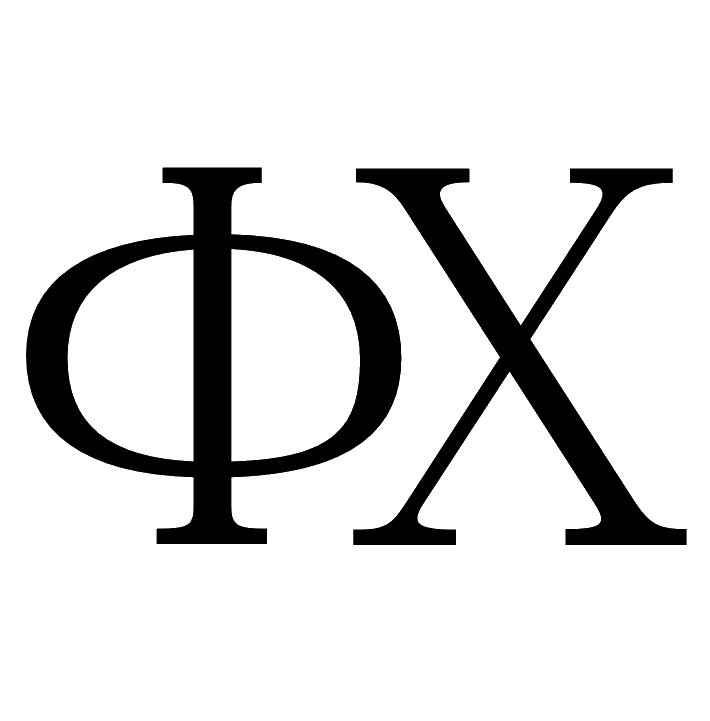Experimental study of the fluidity of nanostructured magnetic fluid in a strong magnetic field
A.N. Bolotov, O.O. Novikova
Tver State Technical University
DOI: 10.26456/pcascnn/2023.15.670
Original article
Abstract: In this paper, we studied the changes in the topography of the surface of a unit made of magnetostrictive magnetoplast under the influence of a magnetic field. Theoretical analysis has shown that in composite materials when using magnetostrictive particles with a dispersion of 10-4÷10-6 m, a change in the surface roughness parameters is possible in the range of 10-7÷10-9 m, depending on the magnetostrictive constants of the filler. Local changes in the topography of the magnetoplast surface in a magnetic field with a strength of about 560 kA/m are experimentally determined, and an assessment is made of the integral changes characterizing the surface as a whole. For the experiment, a composite material containing a powder of TeFe2 material with a uniquely high linear magnetostriction (λs = 2∙103) was chosen. It has been established that the effect of the surface nanoroughness changing is especially pronounced for relatively smooth surfaces and depends on the composition, concentration, size, and orientation of the microfine magnetic filler. For the studied surfaces of magnetoplasts, the change in the height parameters of roughness exceeds 5%. In absolute terms, the change in the topography of the surface is tens of nanometers. In precision engineering, the detected effect can be used to control frictional characteristics, in particular, to change the friction force without contact, control the flow of small doses of various reactive gases, and change the dynamics of wetting processes of solid surfaces.
Keywords: magnetostriction, magnetoplast, magnetic field, surface topography, surface roughness, composite material
- Alexander N. Bolotov – Dr. Sc., Professor, Head of the Applied Physics Department, Tver State Technical University
- Olga O. Novikova – Ph. D., Full Docent, Applied Physics Department, Tver State Technical University
Reference:
Bolotov, A.N. Experimental study of the fluidity of nanostructured magnetic fluid in a strong magnetic field / A.N. Bolotov, O.O. Novikova // Physical and chemical aspects of the study of clusters, nanostructures and nanomaterials. — 2023. — I. 15. — P. 670-678. DOI: 10.26456/pcascnn/2023.15.670. (In Russian).
Full article (in Russian): download PDF file
References:
1. Postnikov S.N. Elektricheskie yavleniya pri trenii i rezanii [Electrical phenomena during friction and cutting]. Gor'kij: Volgo-Vyatka Book Publishing House, 1975, 280 p. (In Russian).
2. Baron Yu.M. Magnitno-abrazivnaya i magnitnaya obrabotka izdelij i rezhushchikh instrumentov [Magneticabrasive and magnetic processing of products and cutting tools]. Leningrad: Mashinostroenie Publ., 1986, 172 p. (In Russian).
3. Bolotov A.N., Novikova O.O., Novikov V.V. The influence of a magnetic field on skin effects lubricated by magnetic lubricants, Materials Science Forum, 2020, vol. 989, pp. 97-102. DOI: 10.4028/www.scientific.net/MSF.989.97.
4. Delusto L.G. Osnovy prokatki metallov v postoyannykh magnitnykh polyakh [Fundamentals of rolling metals in constant magnetic fields]. Moscow: Mashinostroenie, 2005, 272 p. (In Russian).
5. Zhang Q., Song H., Wu B. et. al. Effect of magnetic field on the tribological behaviors of Fe3O4@MoS2 as polyalphaolefin additive in the steel/steel friction interface, Wear, 2021, vol. 466-467, art. no 203586, 13 p. DOI: 10.1016/j.wear.2020.203586.
6. Bolotov A.N. Mekhanizm friktsionnogo razrusheniya poverkhnostej v magnitnom pole [Mechanism of frictional destruction of surfaces in a magnetic field], Vestnik Tverskogo gosudarstvennogo tekhnicheskogo universiteta. Seriya: Tekhnicheskie nauki [Bulletin of the Tver State Technical University. Series: Engineering sciences], 2020, issue 2(6), pp. 14-20. (In Russian).
7. Bolotov, A.N., Novikova O.O., Novikov V.V. Adhesive wear in a magnetic field, Materials Today: Proceedings, 2021, vol. 38, part 4, pp. 1413-1415. DOI: 10.1016/j.matpr.2020.08.116.
8. Bolotov A.N., Novikova O.O. Magnitnye svojstva magnitnykh nanodispersnykh smazochnykh masel [Magnetic properties of the magnetic nanodispersed lubricant oils], Fiziko-khimicheskie aspekty izucheniya klasterov, nanostruktur i nanomaterialov [Physical and chemical aspects of the study of clusters, nanostructures and nanomaterials], 2019, issue 11, pp. 564-573. DOI: 10.26456/pcascnn/2019.11.564. (In Russian).
9. Bolotov A.N., Burdo G.B., Novikov V.V., Novikova O.O. Vliyanie magnitnogo polya na strukturu i smazochnye svojstva nanostrukturnogo magnitnogo masla [The influence of the magnetic field on the lubricating properties of the nanostructured magnetic oil], Fiziko-khimicheskie aspekty izucheniya klasterov, nanostruktur i nanomaterialov [Physical and chemical aspects of the study of clusters, nanostructures and nanomaterials], 2015, issue 7, pp. 137-141. (In Russian).
10. Belov K.P. Magnitostriktsionnye yavleniya i ikh tekhnicheskie prilozheniya [Magnetostrictive phenomena and their technical applications]. Moscow: Nauka, 1987, 160 p. (In Russian).
11. Demkin N.B., Ryzhov E.V. Kachestvo poverkhnosti i kontakt detalej mashin [Surface quality and contact of machine parts]. Moscow: Mashinostroenie, 1981, 244 p. (In Russian).
12. Kondakov L.A., Golubev A.I., Gordeev V.V. Uplotneniya i uplotnitel'naya tekhnika: Spravochnik [Seals and sealing technology: Handbook], ed. by A.I. Golubeva, L.A. Kondakova. Moscow: Mashinostroenie Publ., 1994, 445 p. (In Russian).
